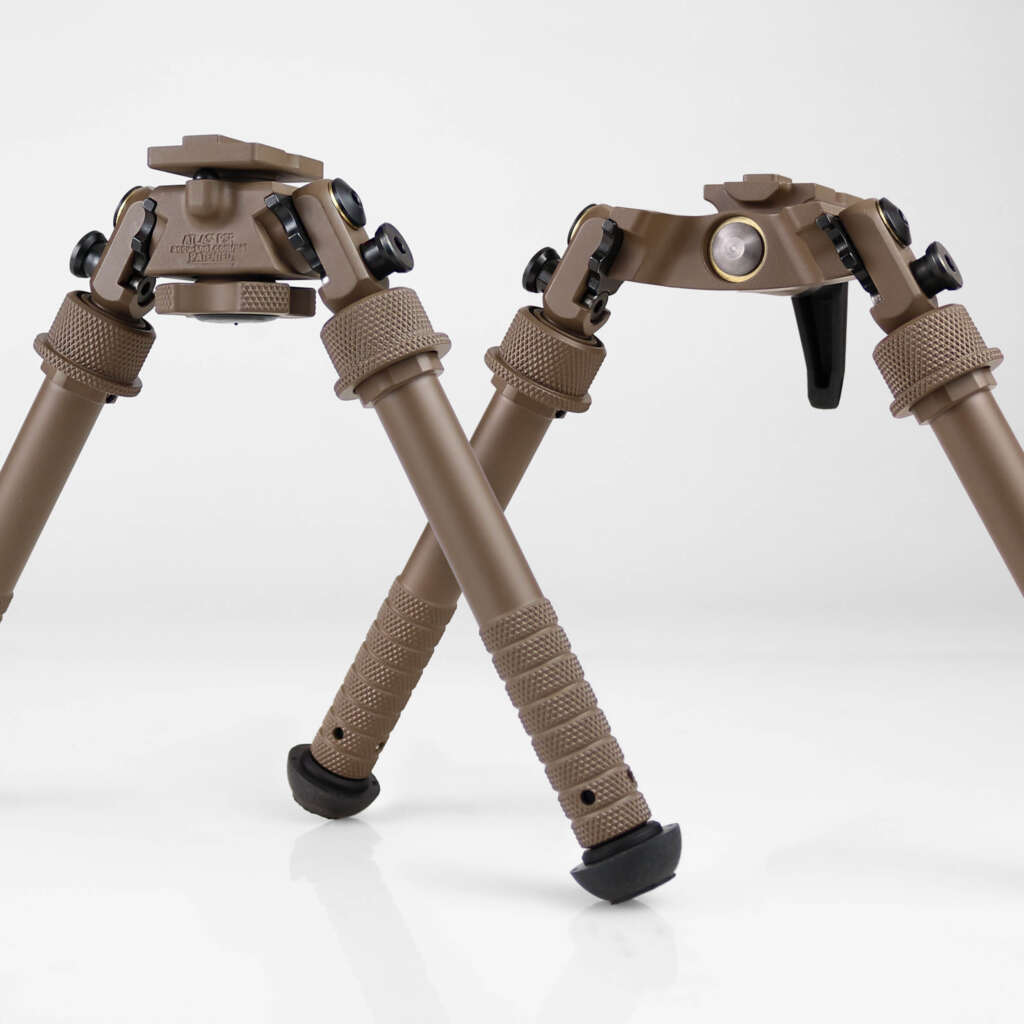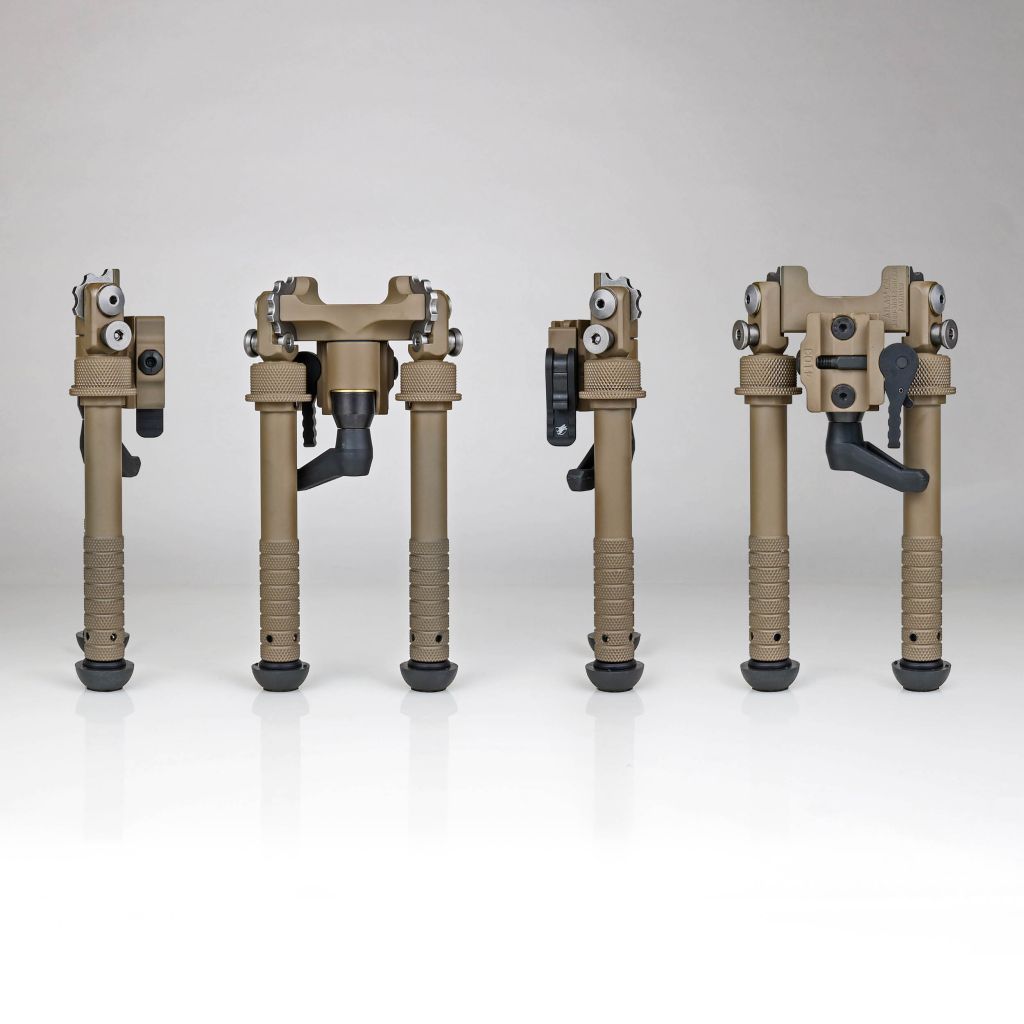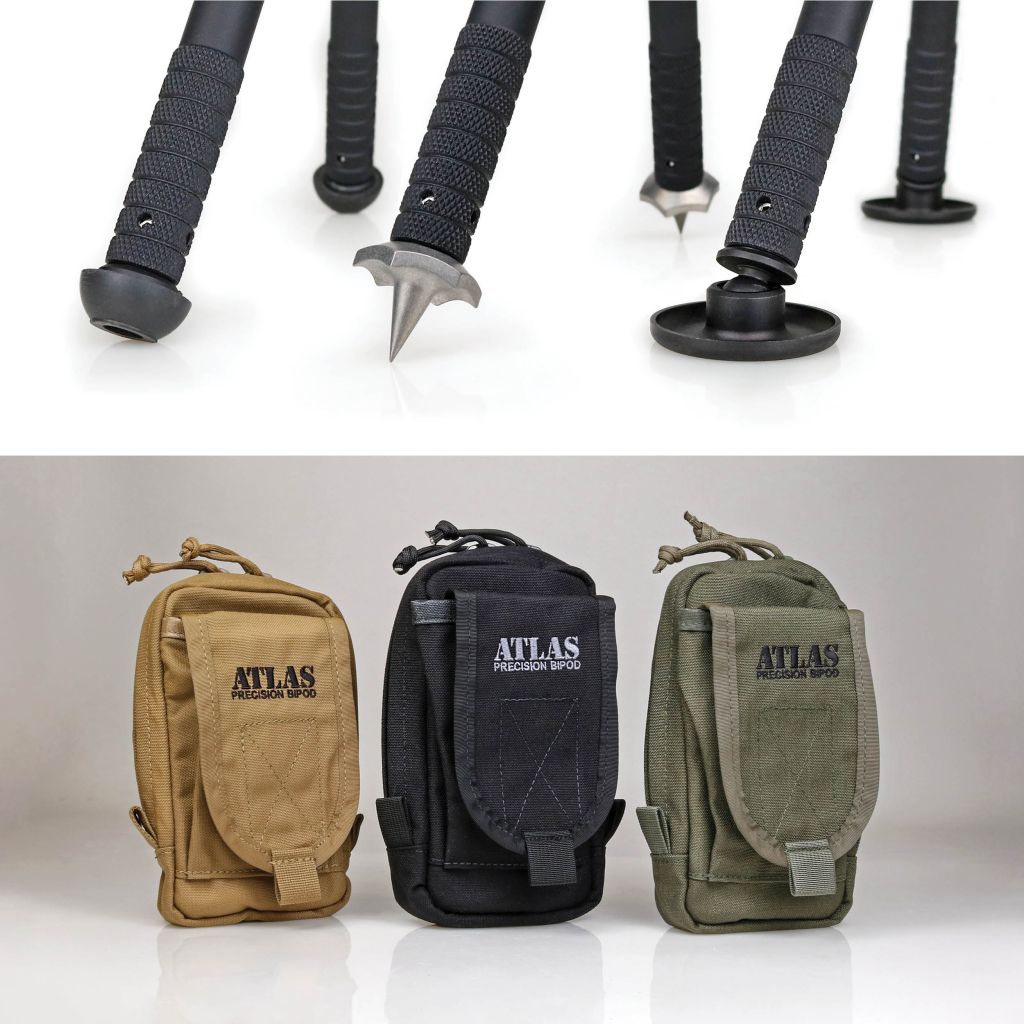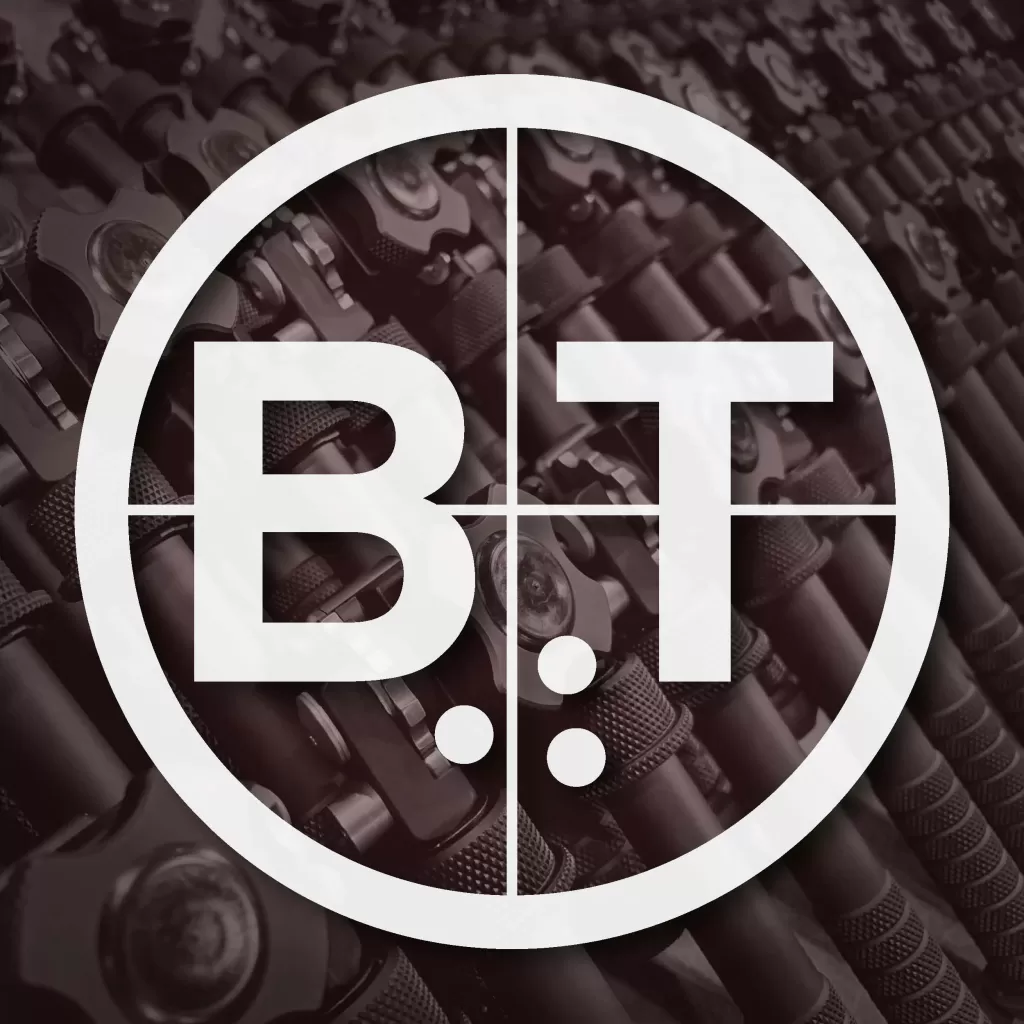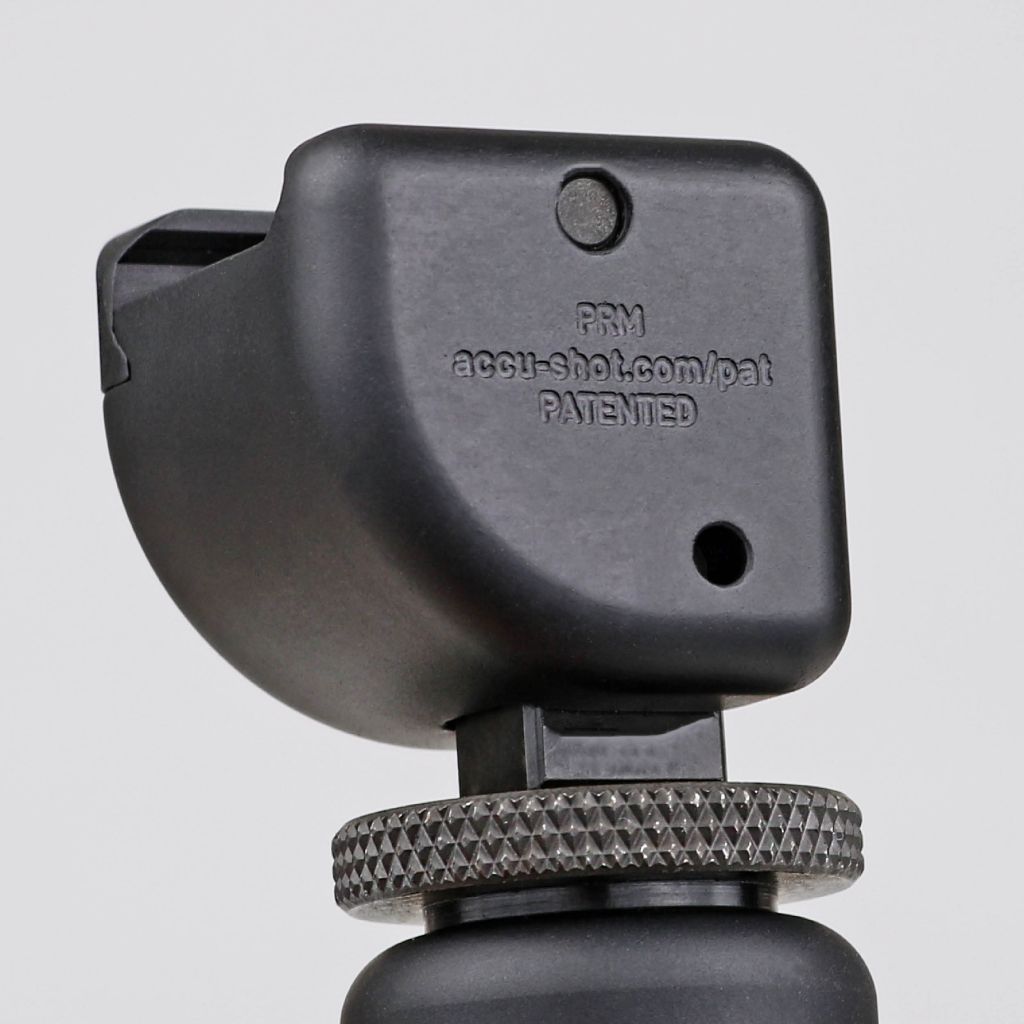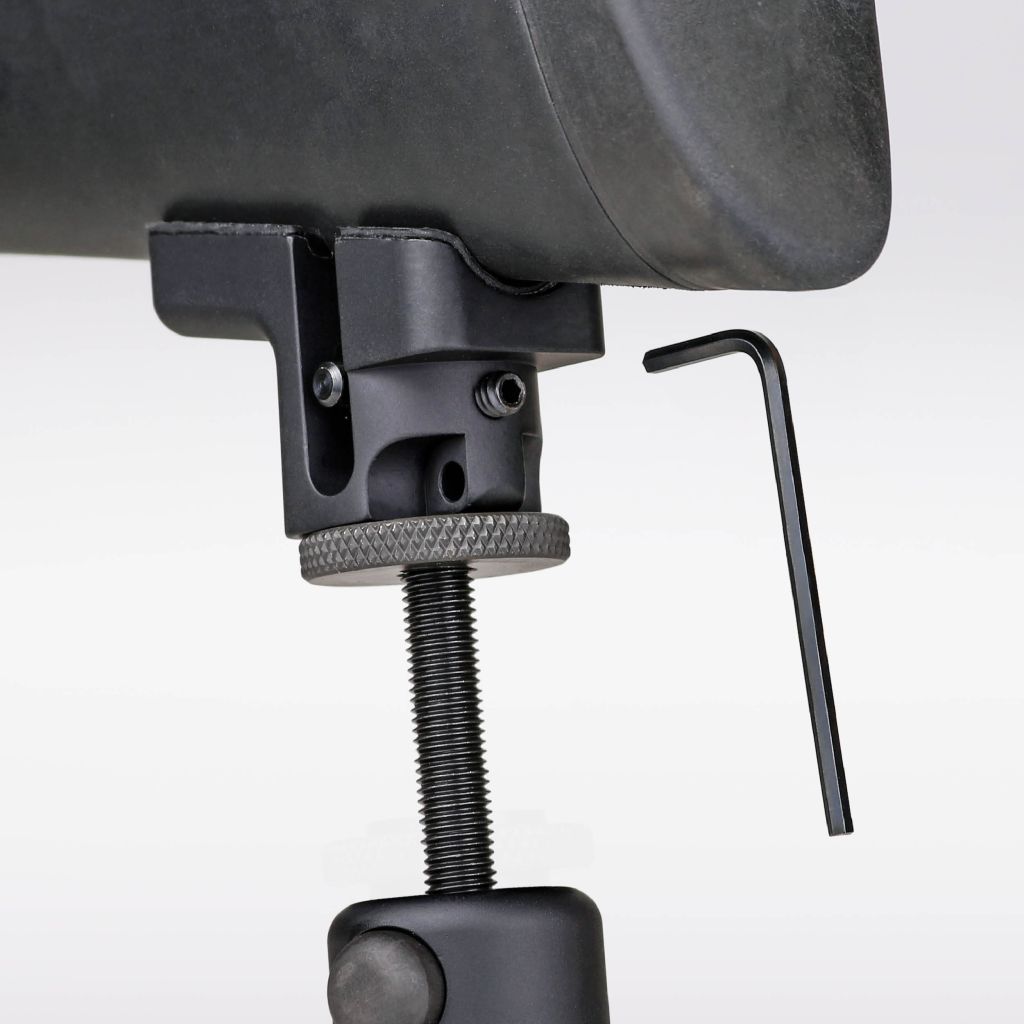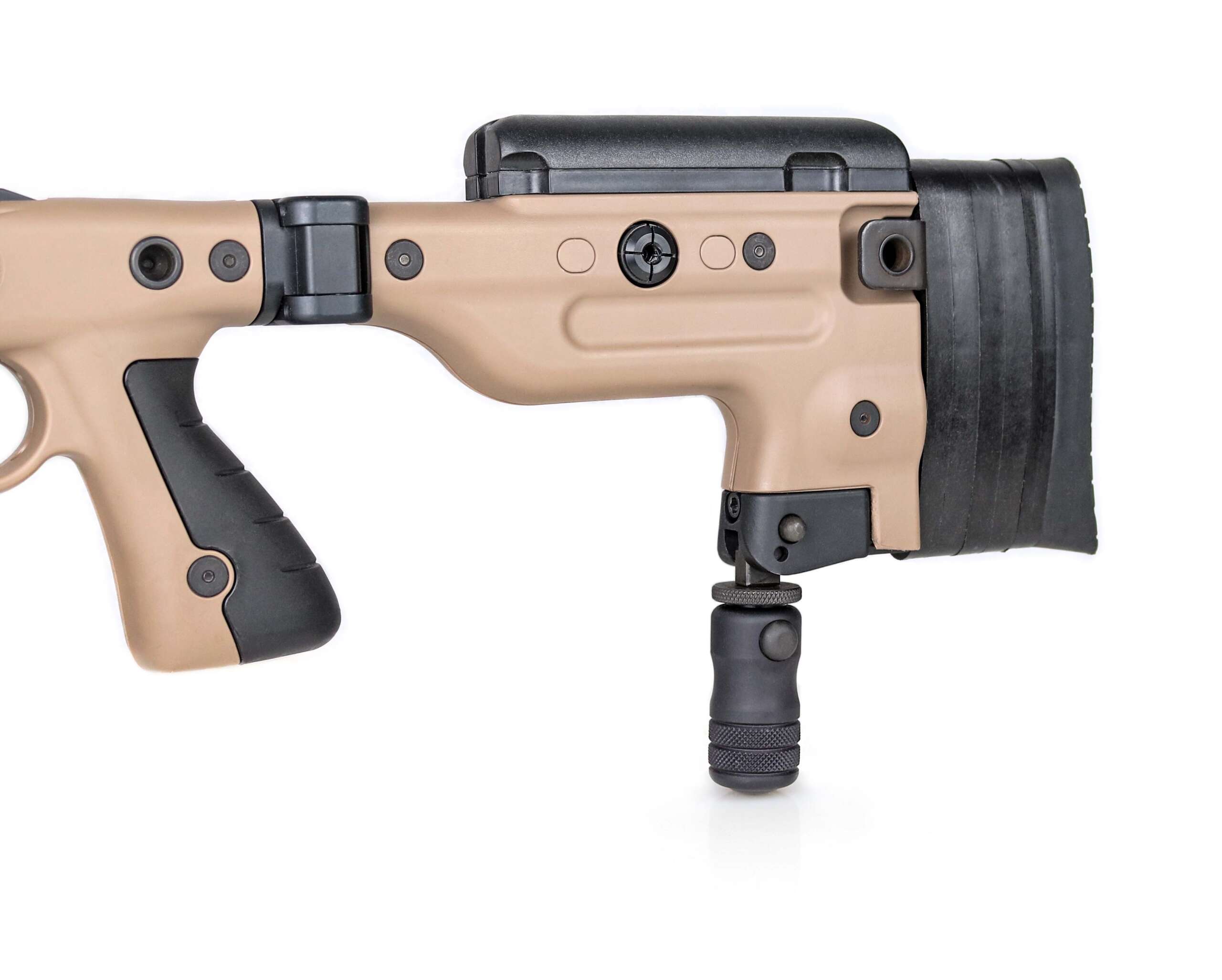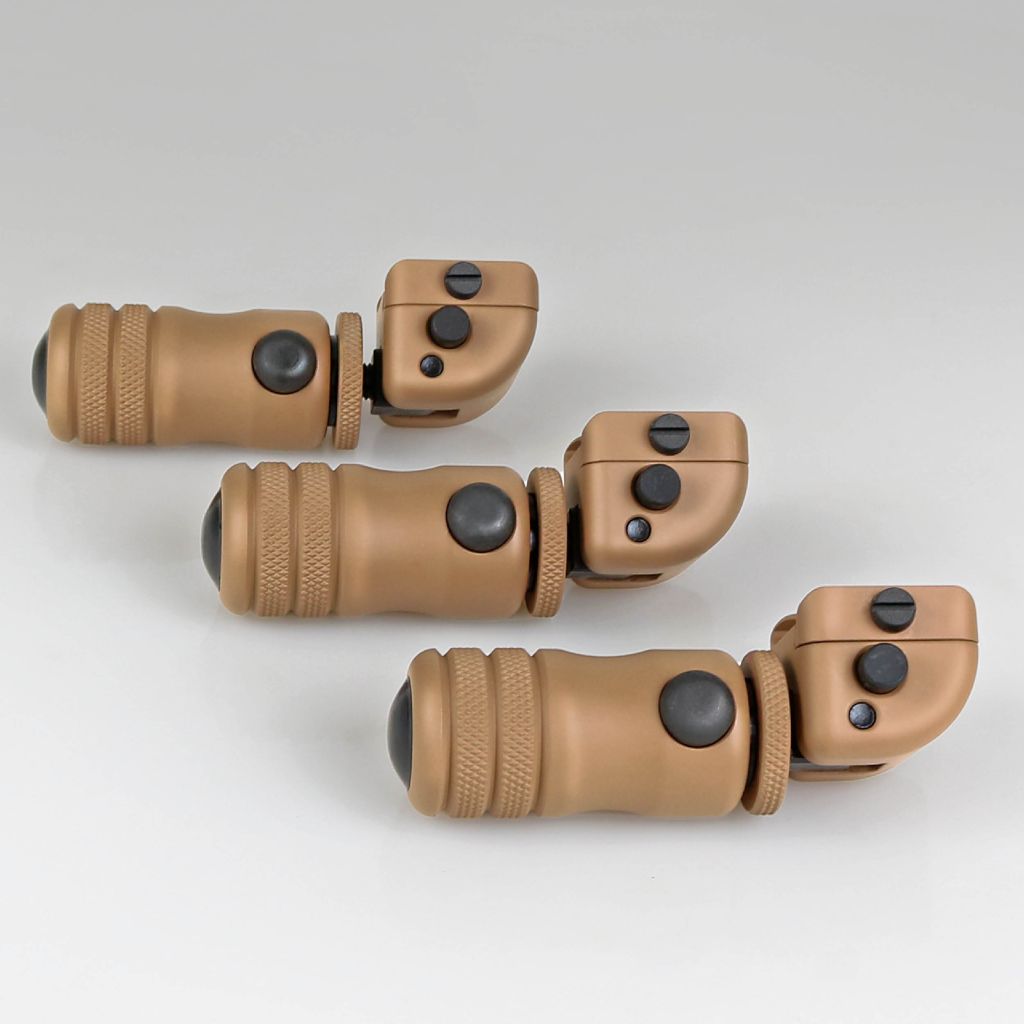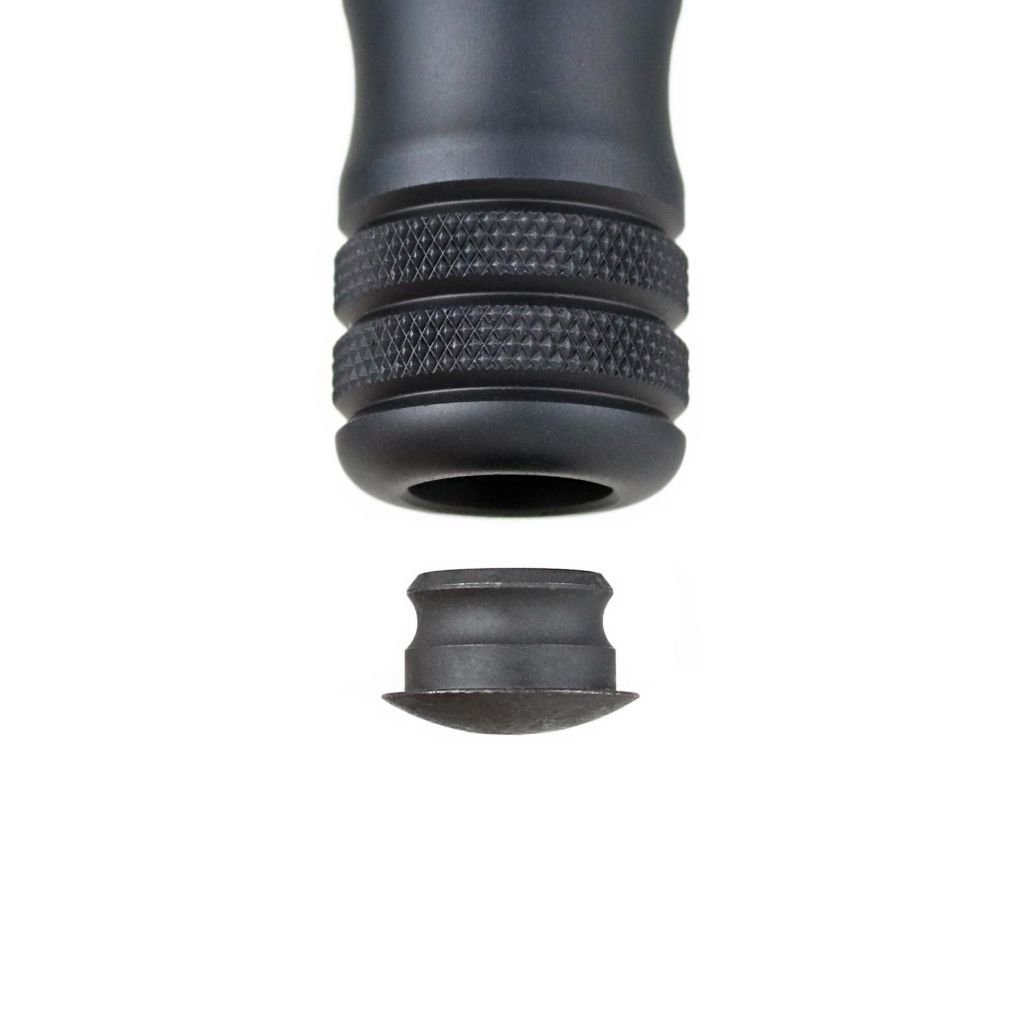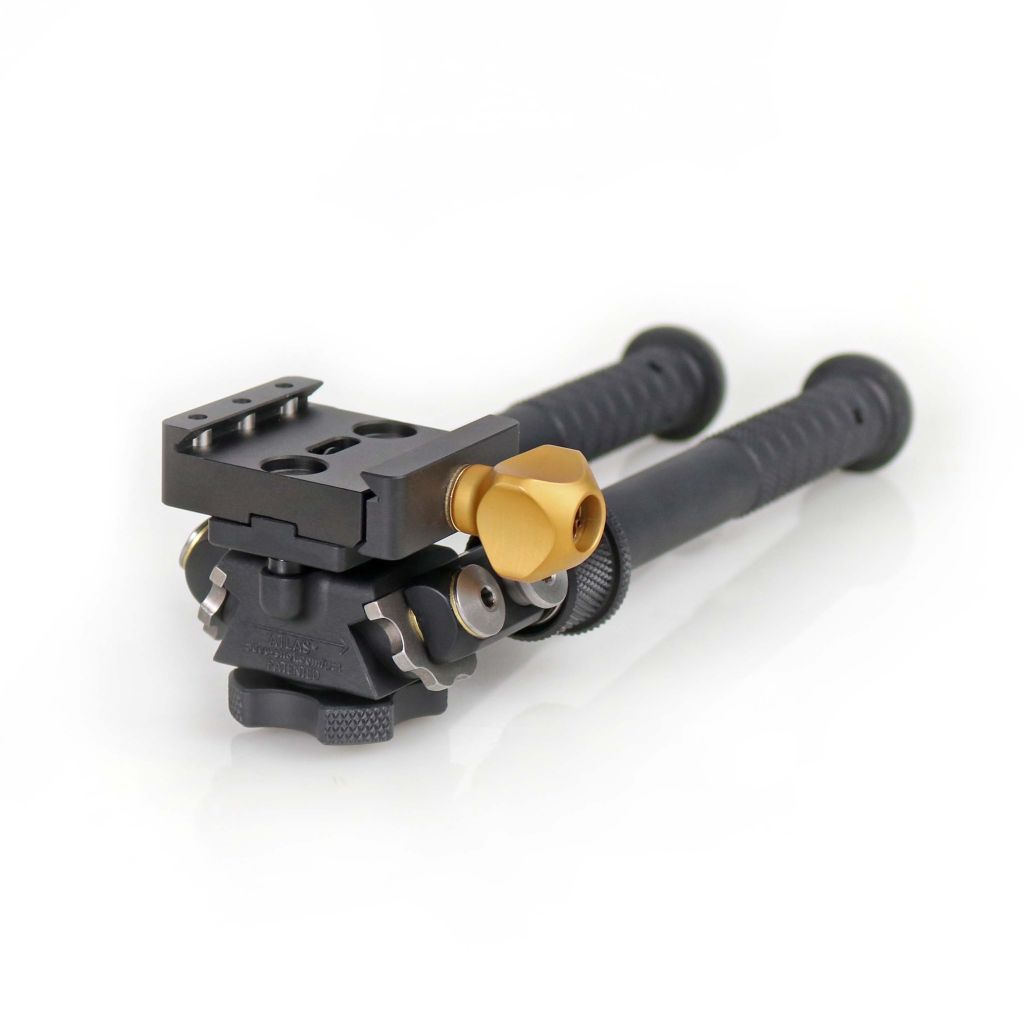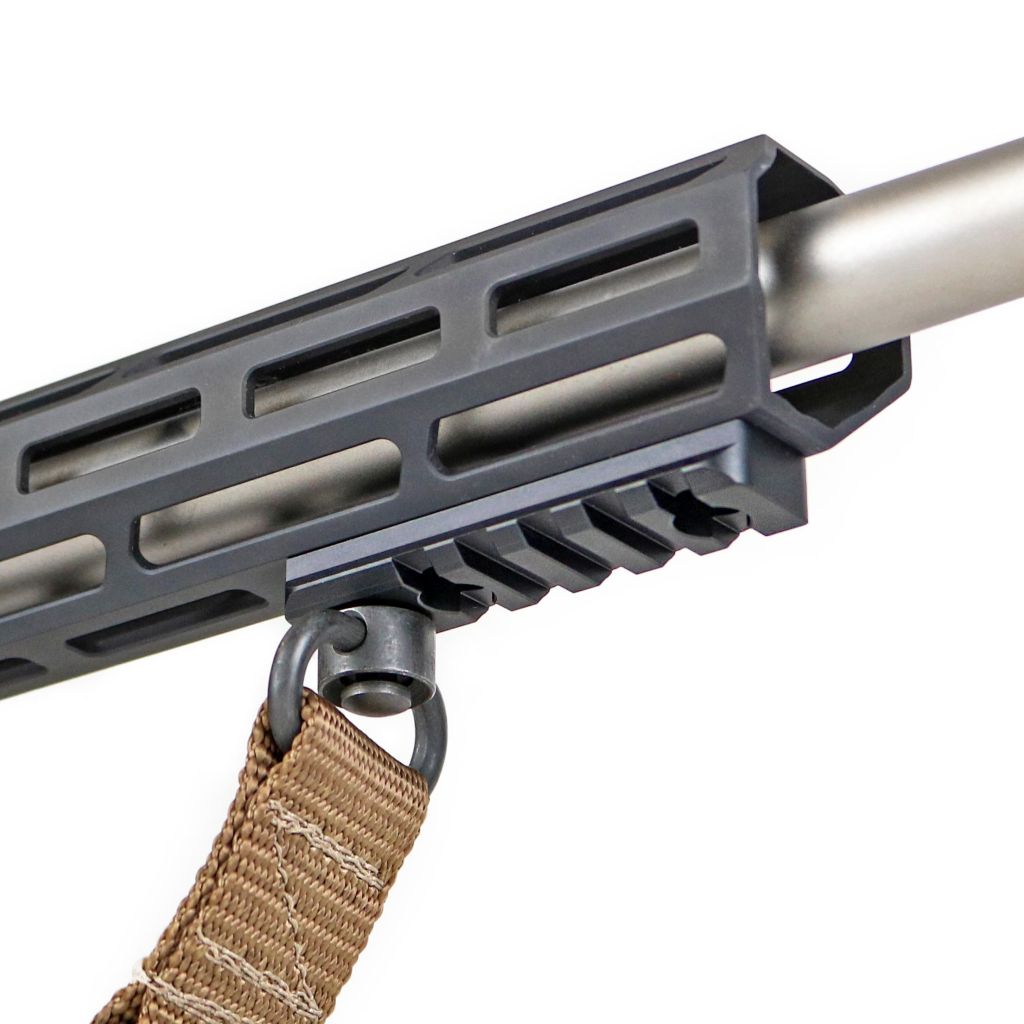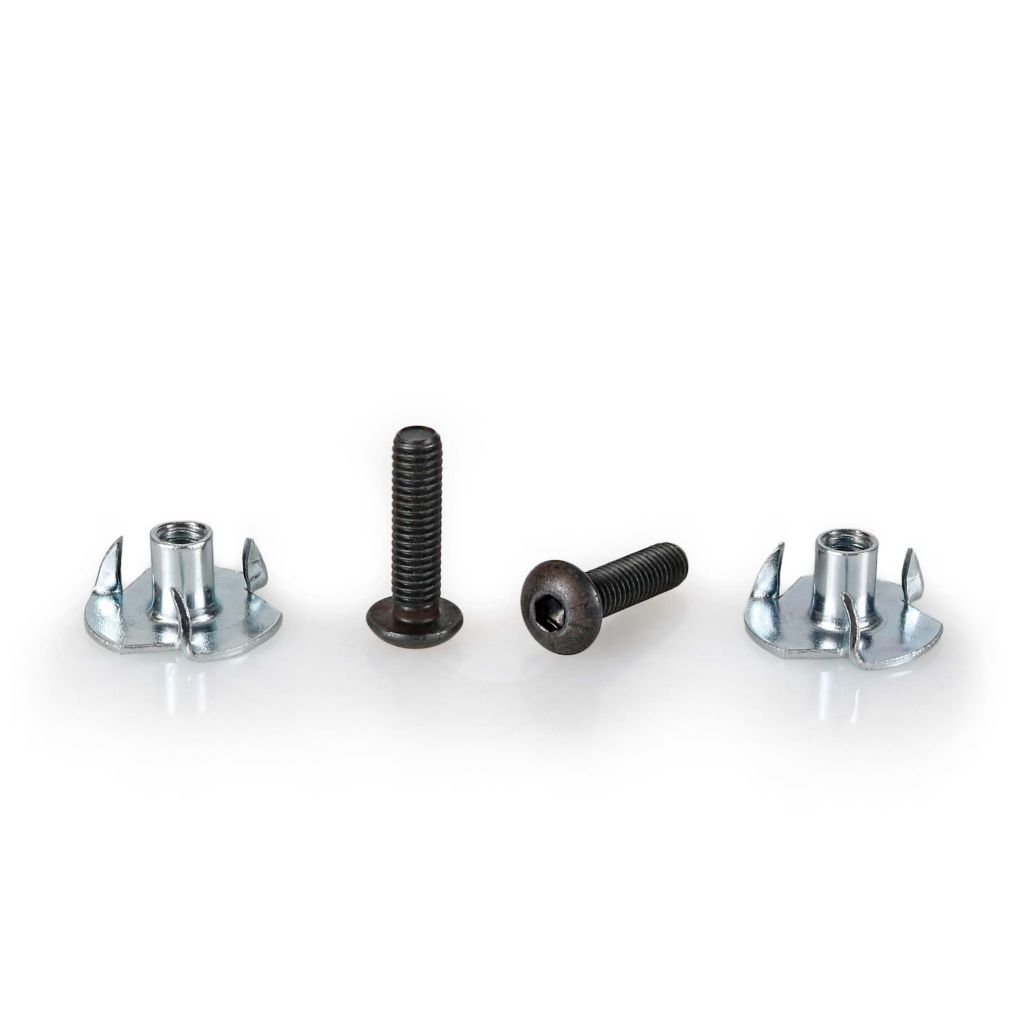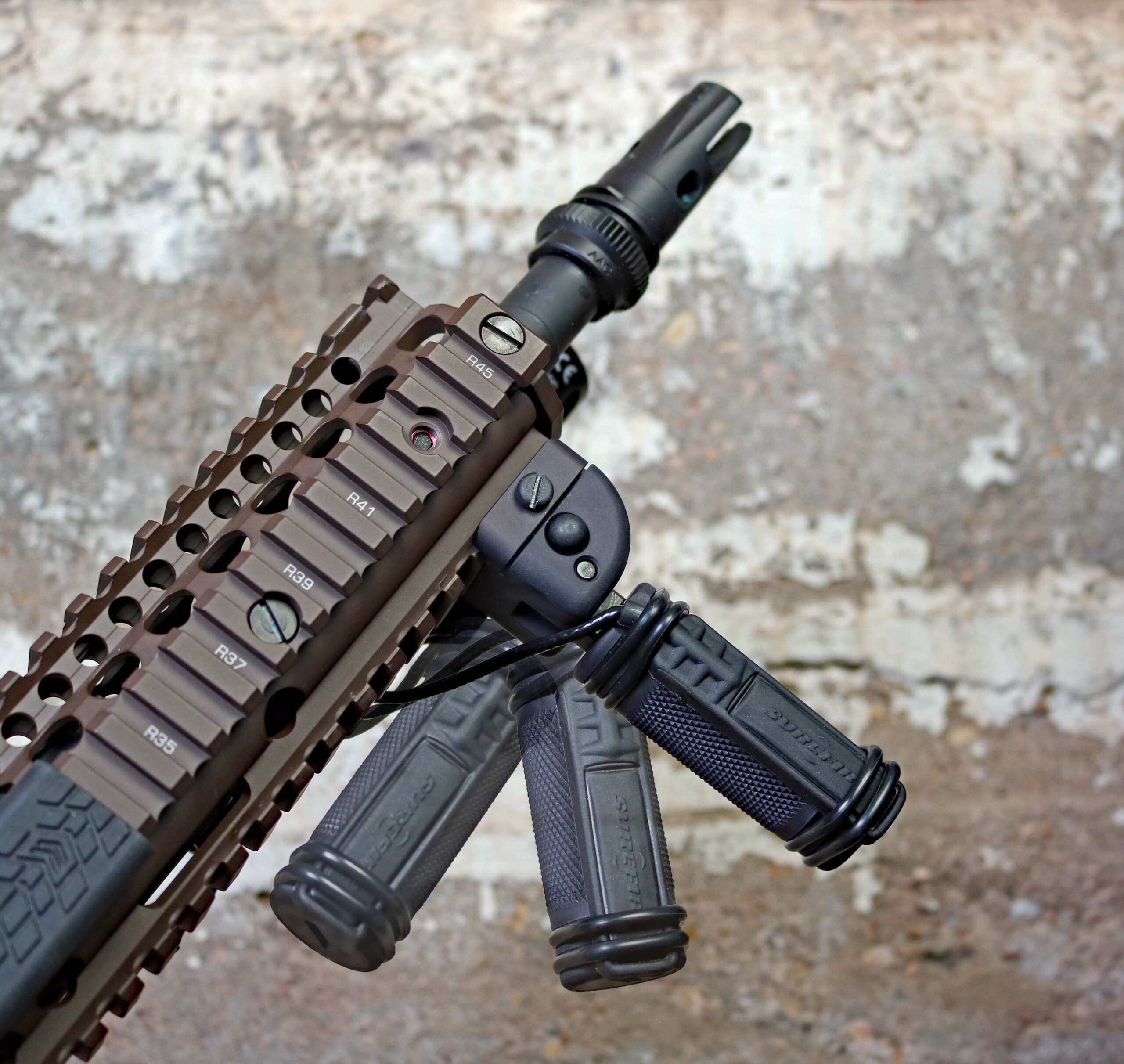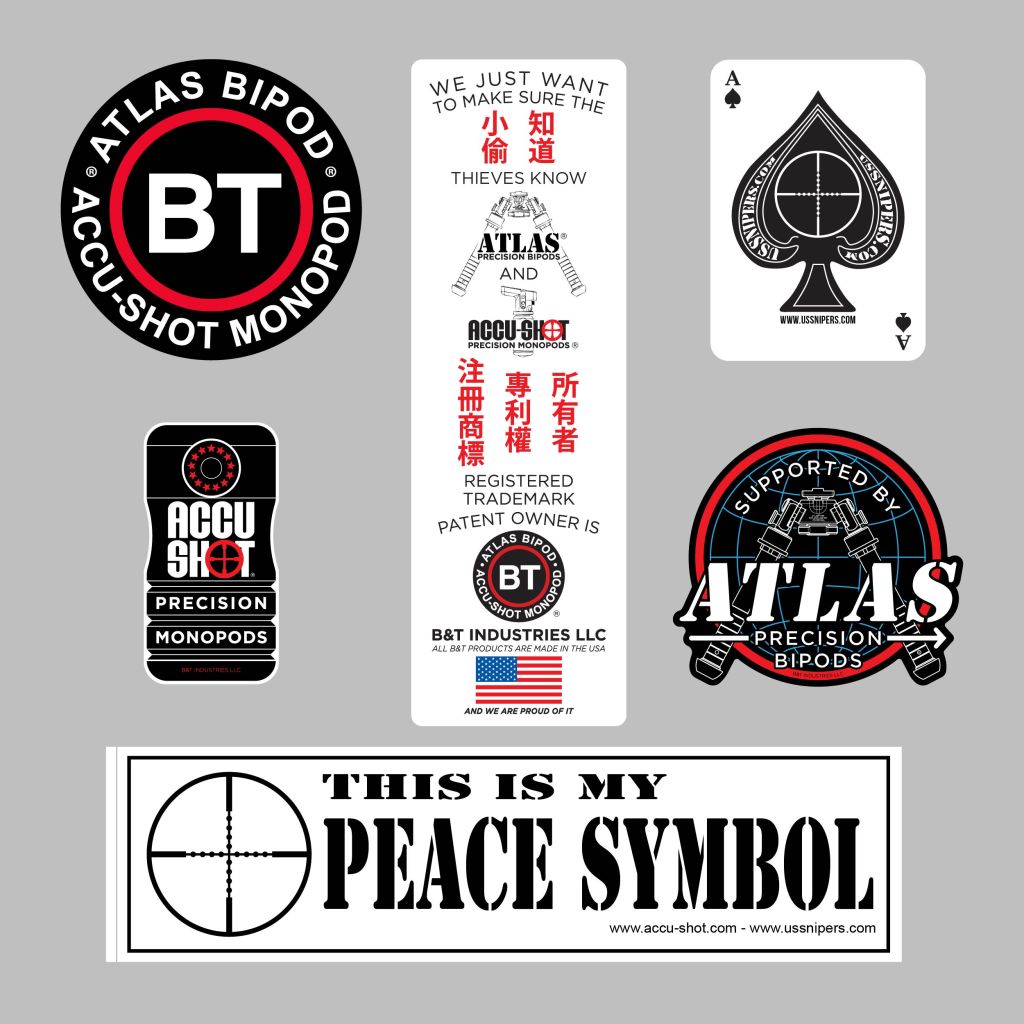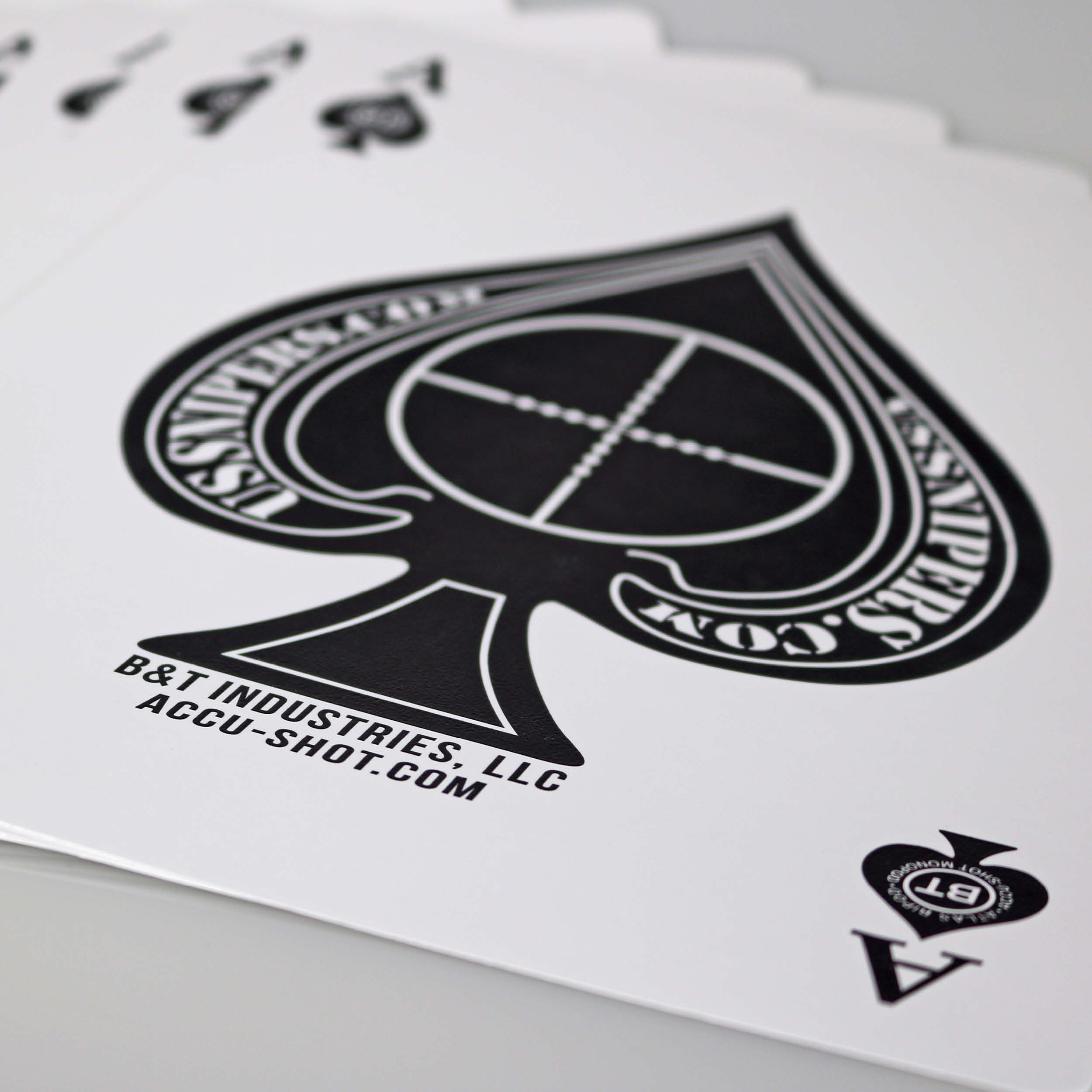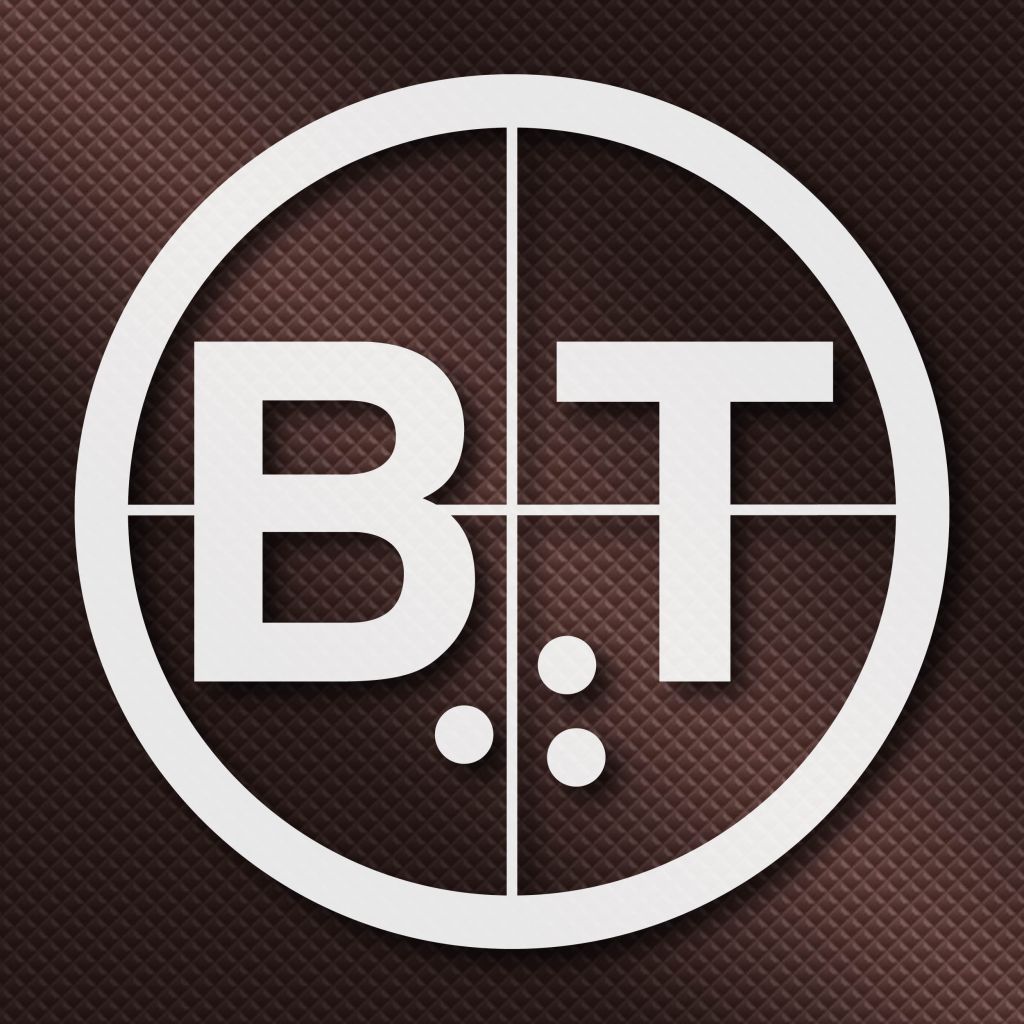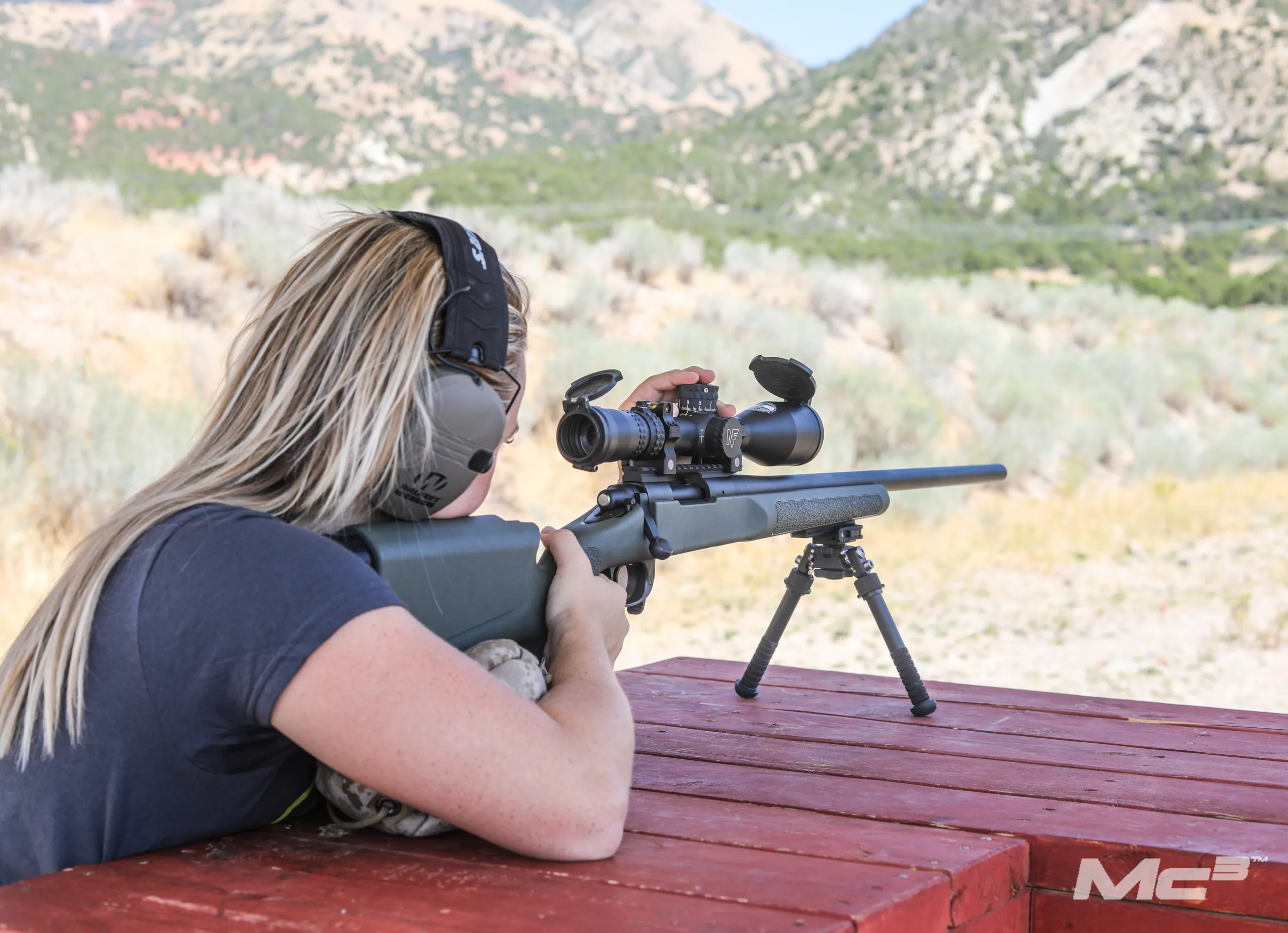Competitive shooting sports like the Precision Rifle Series (PRS) and National Rifle League (NRL) have introduced many shooters to long range shooting. But let’s be clear.
Shooting and hunting are not the same.
Competing in Precision Rifle Series (PRS) matches or practicing long-range steel is great — it builds skills. But when you’re hunting, it’s about more than hitting the target. It’s about respecting the animal, taking ethical shots, and doing things right, even when no one’s watching.
Passing on a low probability shot will never keep you up at night. That wounded animal you couldn’t find will. Shooting competitively will give all shooters awareness of their skills, which transfers to the hunting setting. But please, let’s maintain respect for the animals we hunt by taking them cleanly and with the purpose of utilization and not waste.
That is…except in the case of feral hogs and wild pigs. Anyone that knows these nasty piggies is familiar with the extreme extent of their destructive behavior. If you do not know this firsthand — believe it.
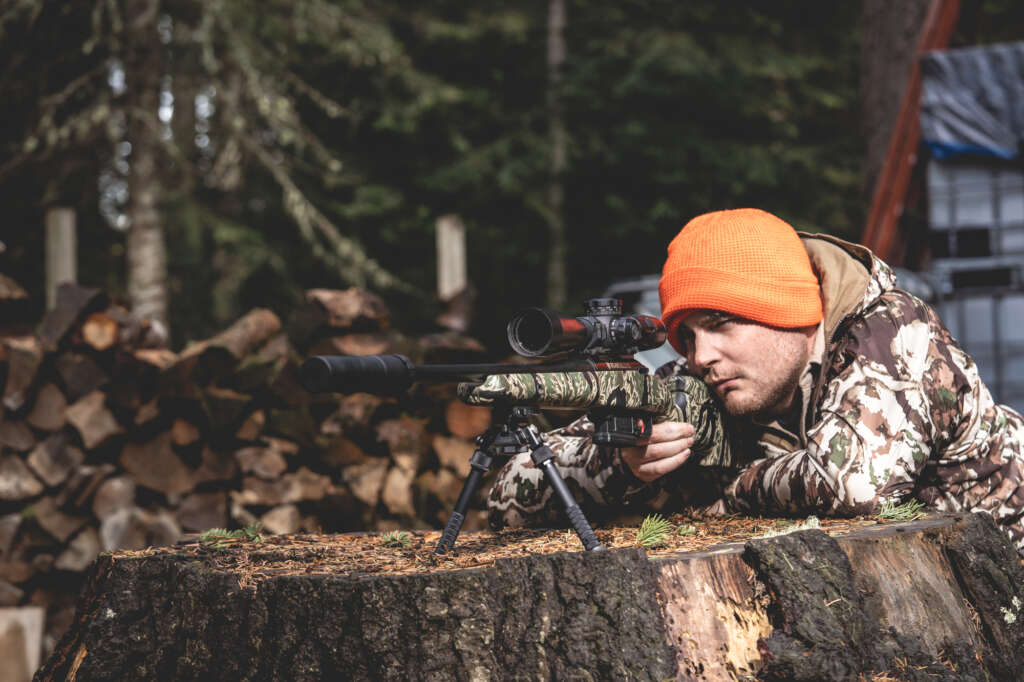
On one hunting trip, I remember we drove into the ranch where we were going to hunt around 4:00PM and passed a freshly planted field along the way. We verified zeros and got in the first stand by 5:30-ish, just as the sun was starting to set. By 6:30PM we were recovering our first pig in that same, freshly planted field. In that time, the pigs had rooted up an area as big (if not bigger) than a football field. And that’s not an exaggeration. Pigs are destructive, weather tolerant, opportunistic and moving north.
Shooting a moving game animal is a challenge. Shooting a running game animal is even more difficult. And shooting a running game animal in cover becomes risky. Every scenario has an element of “unknown” that must be analyzed and considered before firing a shot. That is your responsibility and yours alone.
Each year we learn about a hunter being shot during turkey season. How does anyone mistake a human for a turkey? Does “Hunter A” see a “turkey” and shoot not realizing it is a decoy being carried to the field by “Hunter B”? Or does “Hunter A” see and blast a decoy set up without looking at the unusual tree fifteen yards away that is actually “Hunter B”?
How about watching for the turkey to move? How about knowing our target? How about knowing what is beyond your target?
Finally: if you hunt, you should practice off hand shooting in both standing and kneeling. This skill will make you better at the other positions. Shooting offhand at one hundred yards requires skill that few possess and even fewer practice. True ethical Hunters seriously consider ALL the dynamics before taking that shot. We do not need any bad press about gunshot wounded animals on the side of the road or neighbor’s yard.
One Last Thing: Take the Next Generation Outdoors
Let us not forget youth hunters. They will help keep our sport alive and ensure America will remain a country of gun owners. So, take a youngster outdoors to shoot and hunt and/or volunteer your time to do so. You will be richly rewarded and possibly have another hunting partner!

